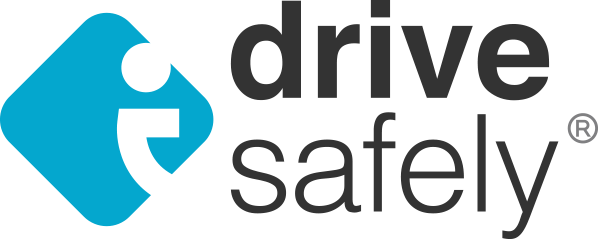Getting Car Insurance in North Carolina
Insurance can seem like a headache sometimes, but its purpose is to help protect you from potential costs you may not be able to afford. That’s why it’s important to understand how insurance works and how much you need to have. Every situation is unique, but there are some basic rules you should know before deciding on your coverage.
Required Liability Coverage
Start with liability coverage. In North Carolina, you must carry, at minimum:
- $30,000: Bodily injury (each person in an accident)
- $60,000: Bodily injury (everyone in an accident)
- $25,000: Property damage
However, just because these are the state minimums doesn’t mean this is necessarily the level of coverage you need. If you have a very old car that’s not worth much, you can probably get away with liability-only coverage, but if you’ve got a newer, more expensive vehicle, you’ll want to get more. Beyond liability coverage, there is also:
- Collision coverage
- Comprehensive coverage
- Medical payment coverage
- Uninsured/underinsured motorist coverage
If you opt to go with the state minimums, you are also required to have uninsured motorists coverage. If your policy has higher limits than the minimums, you must get combined uninsured/underinsured motorists coverage. This serves as added protection for you if you are involved in an accident.
What Happens If I Don’t Have Insurance?
Not carrying car insurance is a serious offense. If you cannot supply proof of insurance when asked by a law enforcement officer, or when you are involved in an accident, you will face major penalties, such as:
- License suspension
- Cancellation of your registration
- Fines
There are penalties for having a lapse in your insurance too (failing to renew it or having it canceled), so it’s important that you always keep track of deadlines and other requirements to maintain it. Ultimately you’re the one who’s responsible for making sure you’re covered at all times.
What are Insurance Points?
As part of its Safe Driver Incentive Plan (SDIP), drivers are charged with insurance points if they are convicted of traffic violations or involved in at-fault accidents. These points go on your driving record, and they cause your insurance premium to go up. Therefore, safe drivers are rewarded with a low insurance rate for keeping a clean driving record.
A few examples of convictions and the points assigned to them include:
- Speeding 10 MPH or less over the speed limit when it is less than 55 MPH: 1 point
- Following too closely: 2 points
- At-fault accident resulting in total property damage of $3,000 or more: 3 points
- Reckless driving: 4 points
- Driving during license/registration suspension or revocation period: 8 points
- Highway racing: 10 points
- Driving while impaired: 12 points
Even a single point on your driving record could drive your insurance rate way up. 1 point could cause a 30% increase in your premium, while 12 points could mean a 340% increase. As an inexperienced driver, you are already expensive to insure, so drive safely to avoid having to pay any more than you already do!










